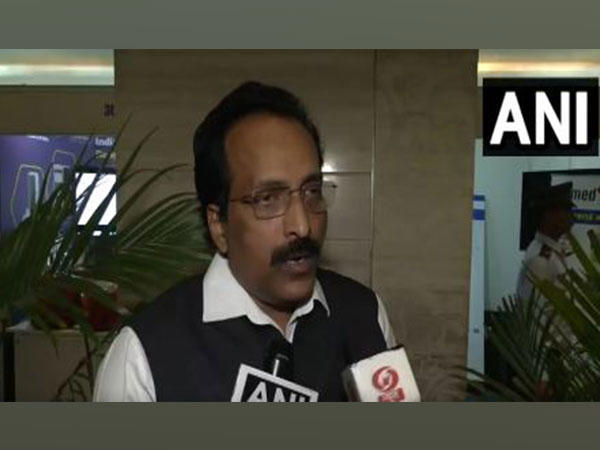SOURCE: ANI

After ISRO’s key cryogenic engine passed certification for missions to transport humans into space, the Indian Space Research Organisation Chairman S Somanathon, on Friday said that it will do similar work for the crew module and other new items that are part of the Gaganyaan program.
With the completion of the final round of ground qualification tests on February 13, ISRO has accomplished a major milestone in the human rating of its CE20 cryogenic engine that powers the cryogenic stage of the human-rated LVM3 launch vehicle for Gaganyaan missions, the space agency had said in a statement earlier.
The CE20 engine identified for the first uncrewed flight LVM3 G1 also went through acceptance tests.
The space agency said that the final test was the seventh of a series of vacuum ignition tests carried out at the High Altitude Test Facility at ISRO Propulsion Complex, Mahendragiri, to simulate the flight conditions.
“We have now widened the boundary of testing to see there are no anomalies…We going to do similar work for the crew module and other new items that are part of the Gaganyaan program. So we are developing them and will test them through various crew tests,” the ISRO Chief told reporters.
The Gaganyaan project envisages a demonstration of human spaceflight capability by launching a crew of three members into an orbit of 400 km for a three-day mission and bringing them back safely to earth by landing in Indian sea waters.
The ground qualification tests for the human rating of the CE20 engine involved life demonstration tests, endurance tests, and performance assessment under nominal operating conditions as well as off-nominal conditions w.r.t thrust, mixture ratio, and propellant tank pressure.
ISRO also successfully completed the acceptance tests of the flight engine identified for the first unmanned Gaganyaan (G1) mission, tentatively scheduled for Q2 of 2024. This engine will power the upper stage of the human-rated LVM3 vehicle and has a thrust capability of 19 to 22 tonnes with a specific impulse of 442.5 seconds.
In a stellar display of prowess, India soared to new heights in 2023 with the successful soft landing of Chandrayaan-3 on the South Pole of the Moon and the launch of Aditya-L1, India’s first solar mission.
Among other feats India now aims for are the Gaganyaan Mission in 2024-2025, setting up ‘Bharatiya Antariksha Station’ by 2035, and sending the first Indian to the Moon by 2040.